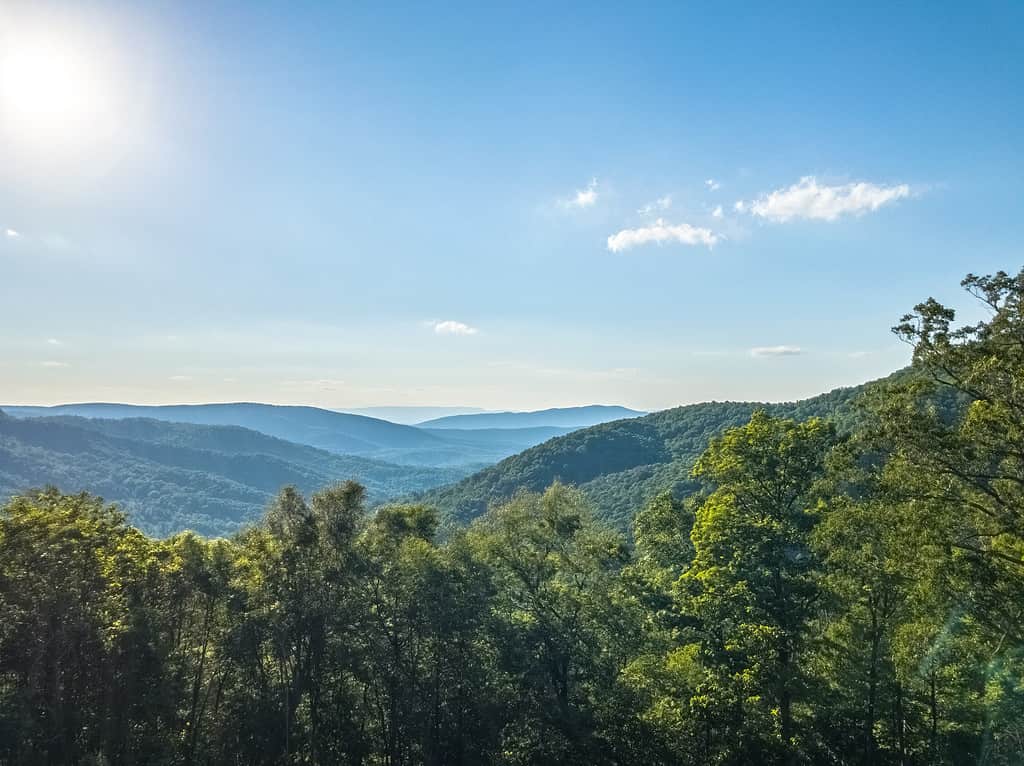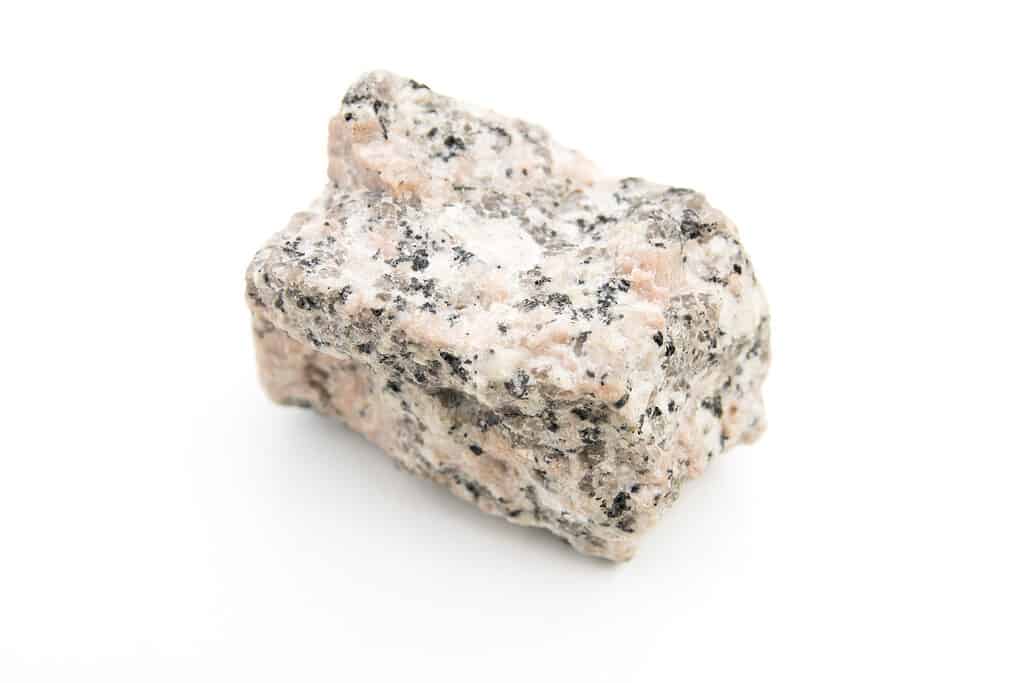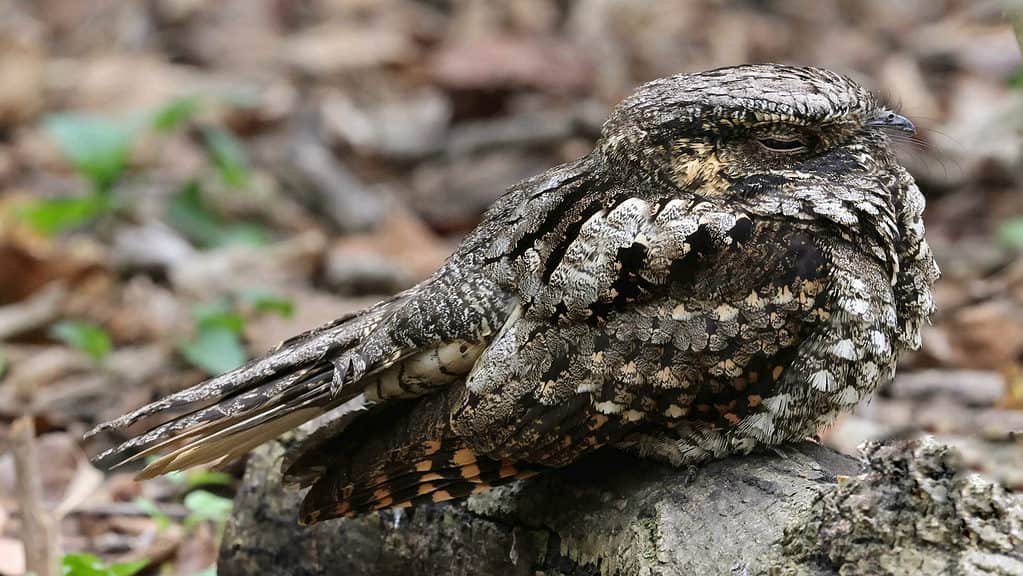The towering gray dome known as Stone Mountain rises above the surrounding Georgia forests. Visible in many locations around Atlanta, the mountain stands as an iconic presence to the city. If you make it to the top of the mountain, either by gondola ride or hiking, you are rewarded with stunning views of the Atlanta skyline. On a clear day, you can even see the North Georgia Mountains 60 miles away.
Spanning over 3,200 acres, and exposing 7.5 billion cubic feet of rock, Georgia’s Stone Mountain is the largest piece of exposed granite in the world. Stone Mountain was formed roughly 300 million years ago when a bubble of magma spewed from beneath the Earth’s crust and hardened over time.
As the magma solidified, it transformed into the large granite piece known as Stone Mountain. The Blue Ridge Mountains and the Appalachian Mountains were formed around the same time.

The Appalachian Mountains formed during a collision of continents around 300 million years ago.
©Film Adventure/Shutterstock.com
What is Stone Mountain in Georgia Comprised of?
Stone Mountain is mainly granite, an igneous rock formed from magma. However, it’s also made of quartz monzonite and granodiorite. From a distance, the mountain appears to be a dull gray, but up close, the striking details on the ancient rocks can be seen. Other rocks and minerals found in the area include quartz, microcline, and muscovite.

Granite forms when magma (molten rock) cools.
©michal812/Shutterstock.com
History of Stone Mountain
The dome formed when magma bubbled up from the core of the Earth to the surface and began to cool during the Carboniferous period. As it cooled, it created the monadnock known as Stone Mountain. A monadnock is a small mountain or rock hill that rose abruptly and withstood erosion, while the surrounding landscape has flattened over time. Only about one-third of the mountain is visible, while the rest of the granite piece remains underground.
In 1958, Georgia purchased Stone Mountain as a memorial to the Confederacy. The state opened Stone Mountain Park on April 14, 1965. In 1972, a carving was etched into the side of the mountain commemorating Confederate generals, Robert E. Lee, Jefferson Davis, and Thomas Jonathon “Stonewall” Jackson.
The carving today remains a controversial feature of Stone Mountain and stands in contrast to the fact that Georgia removed the Confederate flag from the State of Georgia flag in 2001. Despite the controversy and questions surrounding the carving, Stone Mountain State Park remains a popular tourist destination.
How to Reach the Top of Stone Mountain

Spanning over 3,200 acres, and exposing 7.5 billion cubic feet of rock, Georgia’s Stone Mountain is the largest piece of exposed granite in the world.
©iStock.com/Rohit Kamboj
The top of Stone Mountain rises 1,686 feet above sea level. There are two ways to reach the summit and experience the majestic views of the surrounding lush landscape.
You can either hike up the mountain via a 1.3-mile trail that takes you to the top. The hike provides an up close and personal view of the rock formations, rock pools, and surrounding forests as you ascend to the top.
The second way to reach the summit is to take the Summit Skyride, a high-speed Swiss cable car that transports people 825 feet above the ground.
Where is Stone Mountain Located on a Map?
Stone Mountain is just 20 miles northeast of Downtown Atlanta on I-20 E. The city of Lithonia is south of Stone Mountain – while Norcross and Lawrenceville are north of the park. The park and surrounding attractions are popular destinations for locals and tourists alike.
What Wildlife Lives Around Stone Mountain?
With its many hiking trails and natural areas, Stone Mountain State Park offers visitors many opportunities to view the diverse wildlife in the area. The lakes, streams, woodlands, and fields provide habitats for a wide variety of plants and animals.
Birds
The area is a popular spot for bird watchers, and some of the many species you may encounter include:
- Great Blue Heron
- Downy Woodpecker
- Carolina Chickadee
- Whip-Poor-Will
- Tufted Titmouse
- Barn Swallow
- Ruffed Grouse
- Osprey
- Red-Tailed Hawk
- Northern Flicker
- Turkey Vulture

The nocturnal whip-poor-will’s distinctive call is an iconic sound heard on warm summer nights in Georgia.
©iStock.com/Banu R
Mammals, Reptiles, Amphibians, and Fish
It is possible to spot an American black bear in the mountains of Georgia. Other animals found in the area include frogs and salamanders living near the many streams on the mountain. Many species of snakes live in the area, including the eastern rat snake and venomous copperhead. Swimming in the mountain streams and lakes are fish, such as rainbow trout and catfish.

Black bears are the only species of bear found in Georgia.
©Derek R. Audette/Shutterstock.com
Other animals making their home around Stone Mountain include:

Bobcats are the only wild cat species native to Georgia.
©Geoffrey Kuchera/Shutterstock.com
Tiny Shrimp Thrive on the Mountaintop
Amazingly, two species of tiny shrimp thrive on the top of Stone Mountain. During the rainy season, rock pools form in the many geological formations found on the mountain. In these pools swim two species of freshwater crustaceans, clam shrimp and fairy shrimp.
Although small, the shrimp are visible to the naked eye. Just look for something that looks like a small piece of wriggling brown sand. The shrimp lay eggs in the soil, which lay dormant until they hatch when the rains come and the rock pools form.
The photo featured at the top of this post is © Bassam Faraj/Shutterstock.com
Thank you for reading! Have some feedback for us? Contact the AZ Animals editorial team.







